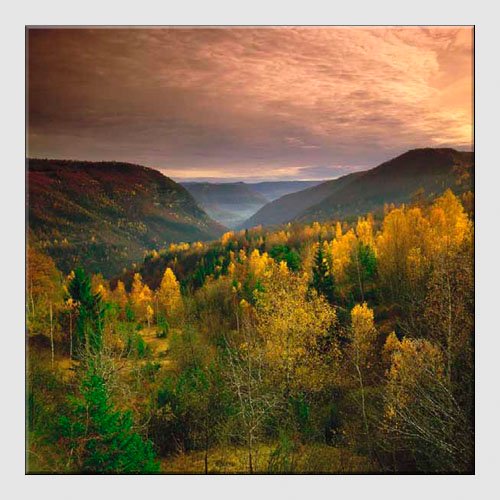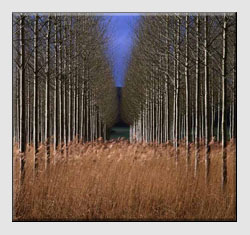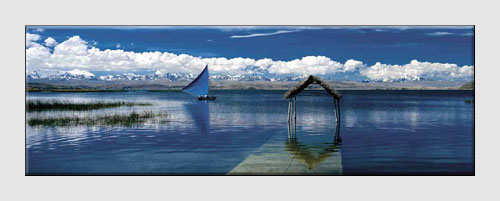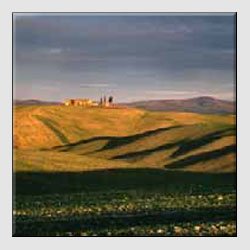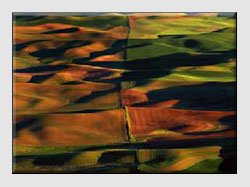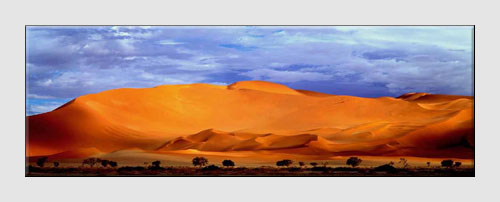|
Reflections on Landscape Photography"The Components for Success"Examples of Landscape Photography can be found in the albums and portfolios of every photographer. They are all pleasing to look at although some demand a second or third viewing. A selection might be displayed on a wall or in a gallery. Few photographers are ever entirely satisfied with the number of excellent images they produce when compared with the countless shots they actually take. Here Charlie Waite, one of the very best Landscape Photographers, helps us to improve the percentages and produce more stunning images by sharing the thoughts that are always in his head as he “sees” an image through his viewfinder. Article and Images by Charlie Waite
1. Using your hands, make them into a rectangle to see whether there is a photograph to be made. If you can, make a piece of black card about 4 X 5 inches with a rectangular aperture cut out of it. This will help a great deal to remove the potential image from its context. When you finally see the result you might decide to crop the image further - perhaps to a square. 2. Close focus to check that there is nothing in the immediate foreground that would not be visible with the lens set at infinity. Out of focus foregrounds can look sloppy. For flowers and extreme close-ups however the background and foreground can be thrown out of focus, although think about what colours and shapes will evolve from doing so. 3. Take your eye around the outside edge of the viewfinder - twice - to be totally familiar with all that exists on the perimeter. Decide whether what exists on the outside edge supports what takes place within the body of the image. 4. When there is something just outside the field of view that you do not want to include, remember that some camera viewfinders show you only 97% so make allowances!
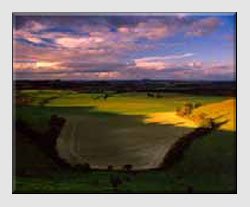
6. Delve deep into your creation - it may become a 20 X 16 print! All components must be evaluated. Consider everything! Decide whether what is included plays an important part in your production. Omit the redundant! You are the producer, art director and camera person all rolled into one. You take responsibility. 7. If time allows try not to rush. Settle into your photograph. Haste and pressure are barriers to creativity. 8. If you have a tripod, use it! It has two functions, first and most obviously to allow long-time exposures and secondly and as important, it allows you to take your photograph seriously. With the aid of a tripod fine adjustments can be made.
11. Fine tune your vision. 12. If there is no landscape in front of you, look around, there may be one at your feet. 13. Consider small details.
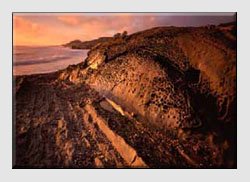
15. Think simple. 16. Write things down. There is nothing more shaming than having to admit when someone says how marvellous your photograph is "Oh dear, I can't remember what I did" or worse still, "where it was!" 17. Ask yourself when looking through the camera "can I see this image framed and proudly displayed on a wall"?
18. If the sky is lacking in interest, i.e. too bland or too blue or grey, then try leaving it out altogether. If the sky is good then let it have its say. Try devoting three quarters of the photograph to the sky if it is remarkable. Include whole clouds if possible. With reflections, try to include entire clouds. "Every cloud has its certain valid moment" (Quote: Minor White. American landscape photographer). 19. Look at where the shadows are and how deep they are! It is surprising how deep black "nothingness" can dominate a photograph as much as unwanted highlights. Find a balance. 20. Look for graphics and the abstract. Look for shapes and patterns.
23. Use cloud shadow to conceal ugly features. Also, cloud shadow can give a landscape a greater sense of depth and dimension. Look up to see what the clouds are doing. 24. All atmosphere is turned off when top light is turned on. Try not to photograph expansive views in the middle of the day. Early light offering long shadows is preferable. Equally, the late evening light, just after the sun has set the "afterglow", can produce a lovely luminous light.
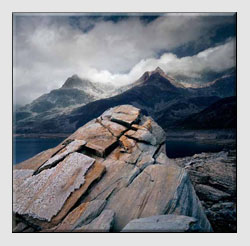
27. Think about the effect that a prevailing wind may have on your photograph. If the light is too low to allow for a short shutter speed to stop motion then consider using a long shutter speed intentionally to convey a sense of movement in foliage etc and thus allowing a precious small aperture to be preserved. 28. Look at other people's images in books, exhibitions and magazines. We can learn from one another.
31. Cover the viewfinder of your camera if your face is not close up to it at the moment of exposure. Sometimes stray light can enter the metering system and distort correct exposure often by as much as a stop! Beware! 32. Persevere and think about "making" a photograph as opposed to "taking" one.
More of Charlie's excellent Landscape Photography images can be seen in his gallery at
www.charliewaite.com
and further details on his photography tours and workshops are available at
www.lightandland.com
Return from Landscape Photography to Photography Masterclass page. |
 |
| Image of the Month |
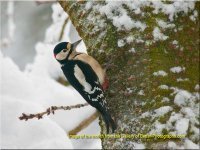 |
| Click here to download it. |
| Find It |

Custom Search
|
| All of the advice, tutorials, masterclasses and ideas on this website are available to you at no charge. Even so, its upkeep does incur costs. |
|
| If you feel that the site has helped you then any contribution you make, however small, would go towards its ongoing maintenance and development. Thanks for your help. |
| Book of the Month |
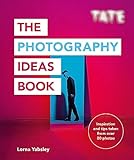 |
| Click here to read the review. |
